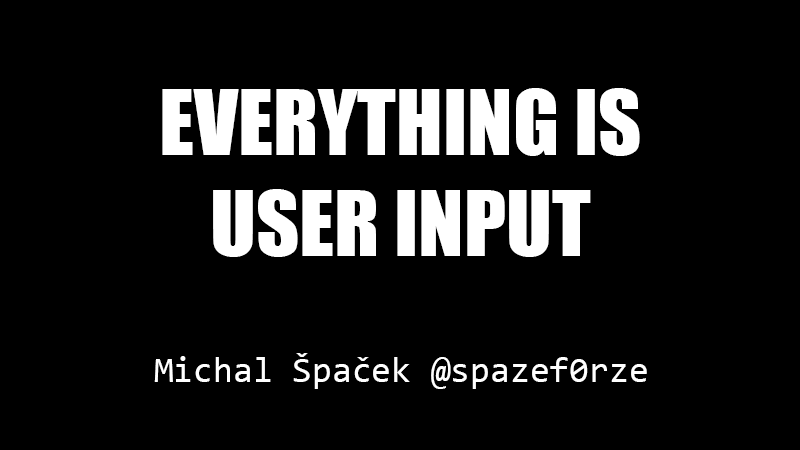

The tables users and user_meta are worth a look too if you want to send plain SQL queries. Accessing form data Using POST, GET, COOKIE, or SERVER Data Using the php://input stream Class Reference Input Filtering Security Filtering The security filtering method is called automatically when a new controller is invoked. To understand what variables are available and where they are stored look at these files: In this scheme, name/value pairs are joined with equal signs and.
The user can change her/his email address here. One feature of PHPs processing of POST and GET variables is that it automatically decodes indexed form variable names. When the user fills out and submits the form, then form data will be sent to PHP file: called registration.php. Before the browser sends the information, it encodes it using a scheme called URL encoding."UPDATE SET user_email = %s WHERE user_login = %s", A form is an HTML tag that contains graphical user interface items such as input box, check boxes radio buttons etc. The diagram below illustrates the form handling process. If ( ! current_user_can( 'edit_user', $user_id ) ) Forms are used to get input from the user and submit it to the web server for processing. Return 'You have to log in to use this page.'

add_shortcode( 'userform', 'wpse_75723_userform' ) Īdd_action( 'admin_post_update_user_email', 'wpse_75723_update' ) Use PHPs POST or GET superglobals to retrieve the value of the input tag via the name of the HTML tag. We will use a shortcode named here, but you can use a template too. Use wp-admin/admin-post.php as form action handler, and bind your custom function as callback to that.Ī simple example for email updates.

GETTING USER INPUT PHP POST UPDATE
If I use this code to create a form on a WordPress page, how do I get the information from the user when they press the 'Update' button and then update the database? function Insert_AccountTable_1()Īdd_shortcode('InsertAccountTableI', 'Insert_AccountTable_1') I am just starting to learn PHP (I know C# very well). I am trying to create a form that will allow users to update their information on the front end.


 0 kommentar(er)
0 kommentar(er)
